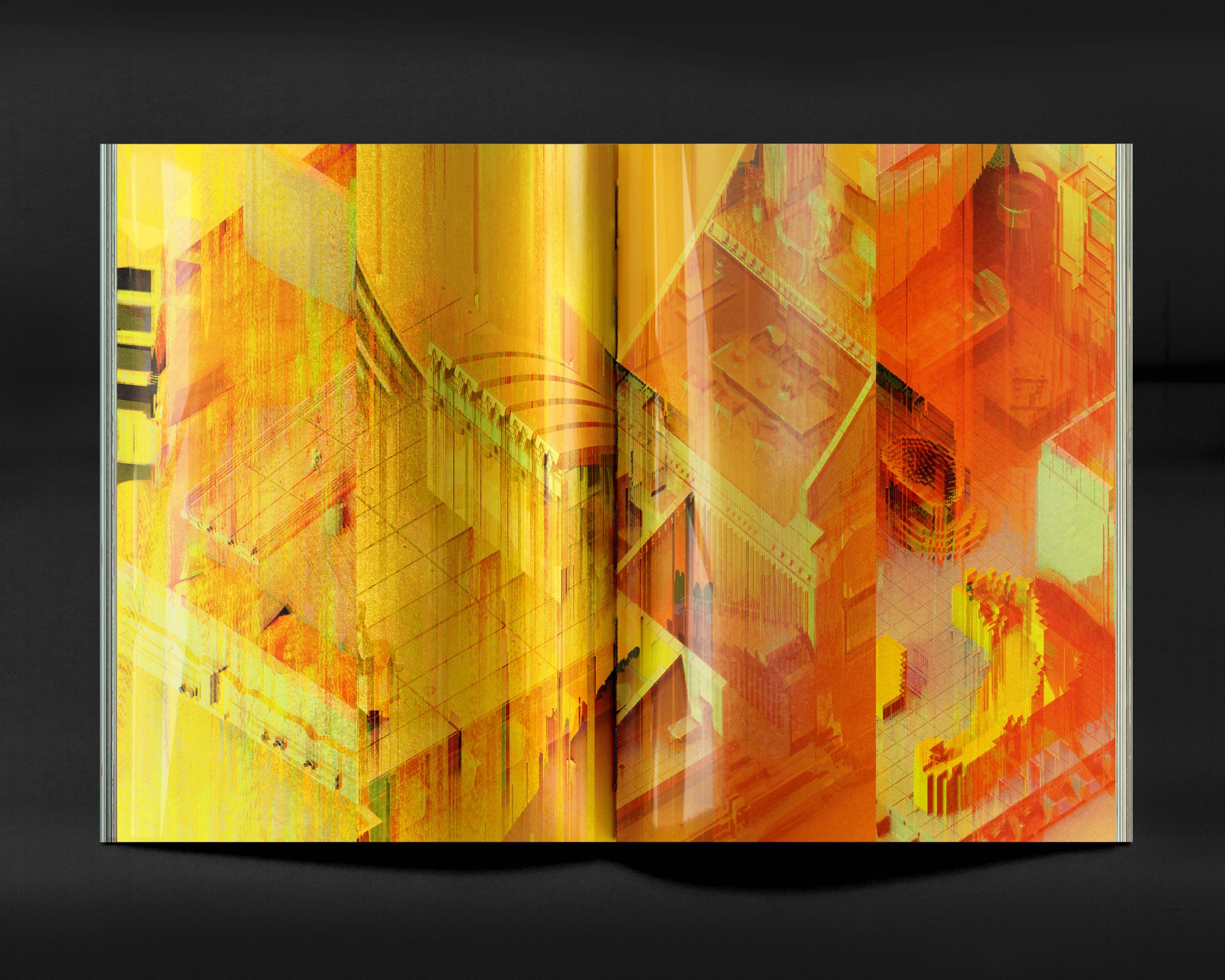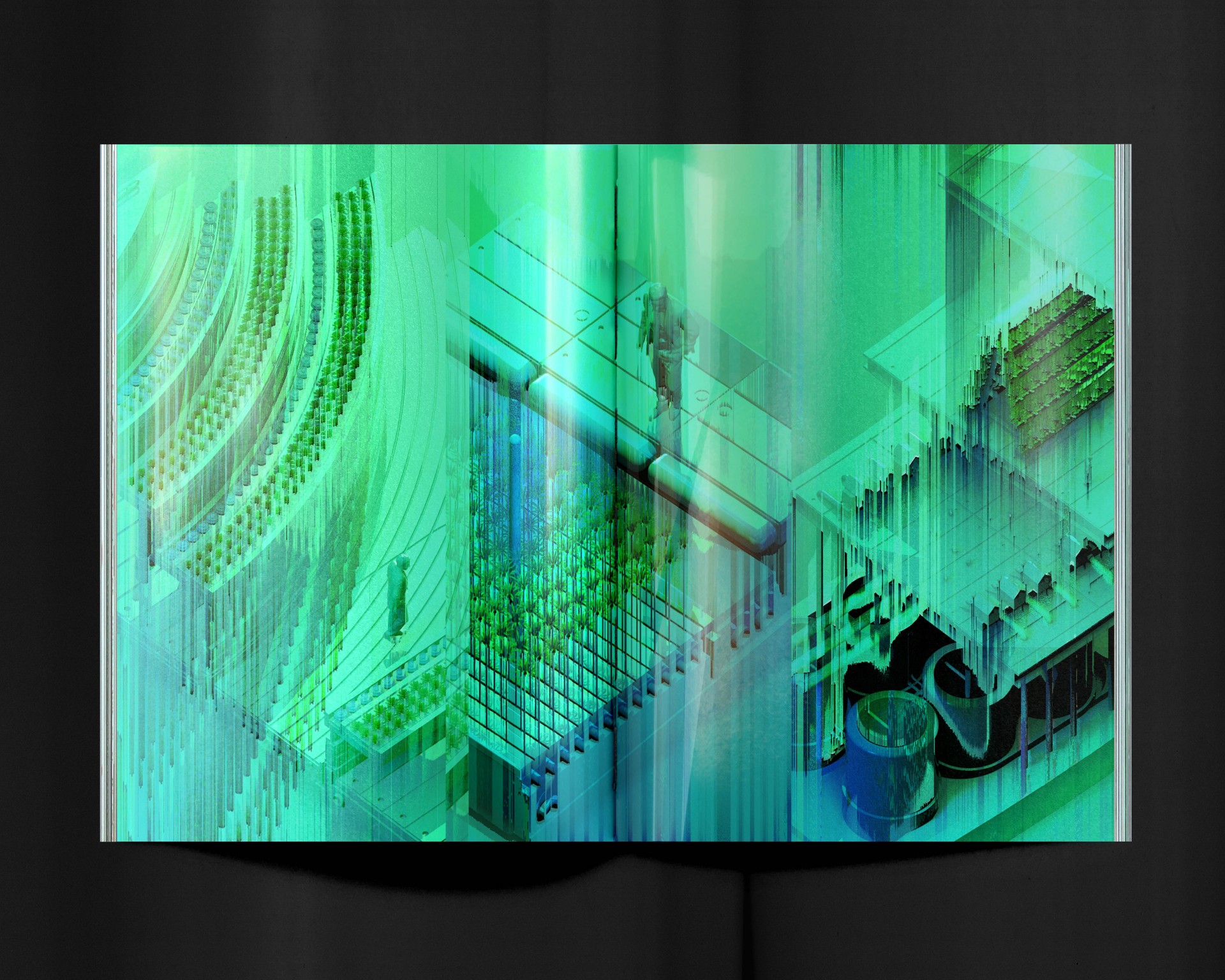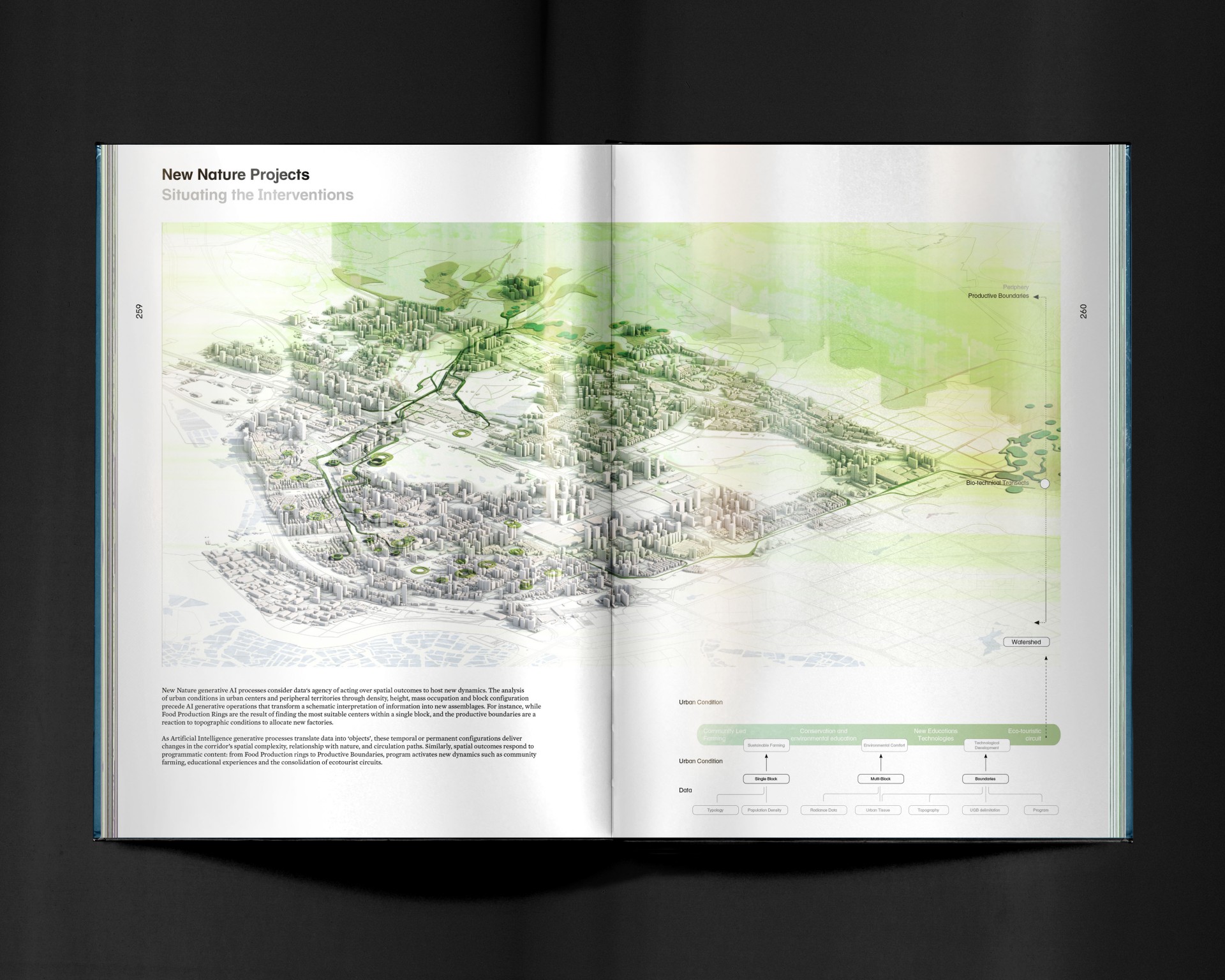NEURALISMS SHENZHEN: Research Report
- Location: Cambridge, Massachusetts, United States of America (USA)
- Area: Shenzhen, China
- Year: 2021
- Work Type: Professional
- Institute / Firm: Harvard University, Graduate School of Design
- Status: Conceptual
- Team Members: Alia Bader, Ana Gabriela Loayza Nolasco, Koby Moreno, Naksha Satish, Sherly Tongtong Zhang, Meric Arslanoglu
- Supervisor: Mohsen Mostafavi, Andrew Witt, Robert Pietrusko
Twenty-first-century cities like Shenzhen have grown into diverse, complex, and interconnected organisms. This interwoven structure brings an expanding range of constraints and demands for new types of civic engagement, new ways of integrating nature with the city, and for more sustainable use of resources. Instead of blunt “terrain vague” redevelopment strategies that can create enormous impacts and waste, “Neuralisms Shenzhen” embraces emerging machine learning and AI technologies within urban and environmental planning to be more responsive to the interconnected demands of the modern city.
Through its transformation from a fishing village to an economic powerhouse, Shenzhen became China’s city of the future, a manufacturing hub unlike any in the world. It is a place where innovation in the material world is increasingly enabling an entirely new vision of urban culture. The ambition of the research is to develop techniques and proposals that show how cutting-edge technologies can be used to enable a more localized, sustainable, and adaptable urban design process.
Three key initiatives of the research, New Networks, New Resources, and New Nature, are the stage for playing out the implications of artificial intelligence at the urban scale.
New Networks proposes a strengthened dialogue between the urban experience and infrastructural systems of the modern city. The interventions rework Shenzhen’s existing data grid to integrate virtual logistics, mobility networks, and public spaces into novel experiences.
New Resources re-examines the costs and benefits of Shenzhen’s unprecedented development in the last 40 years. Behind the heat of construction and expansion, there is a massive demand for natural resources that has far outstripped what Pearl River Delta could supply. The proposals not only transform the usage of resources borrowed from nature but also promote resources generated from the obsolete structures of the city itself for creating new flows of materials and energy while adapting a circular production cycle in the era of the Anthropocene.
New Nature focuses on local natural resources and technological advances to shape hybrid infrastructures for hosting productive, recreational, and living needs of the modern city. These hybrids aim to connect Shenzhen’s ecological systems and built environment for bringing nature into urban dweller’s daily life with the help of AI generative process.
Neuralisms Shenzhen: Research Report is part of a multi-year research initiative directed by Mohsen Mostafavi, sponsored by AECOM, and published by Harvard University, Graduate School of Design.
Primary Investigator: Mohsen Mostafavi
Faculty Researchers: Andrew Witt, Robert Pietrusko
Editor: Andrew Witt
Associate Editors: Meric Arslanoglu, Alia Bader, Ana Gabriela Loayza Nolasco, Koby Moreno, Naksha Satish, Sherly Tongtong Zhang
 Excerpts from New Resources Chapter
Excerpts from New Resources Chapter
 Excerpts from New Resources Chapter
Excerpts from New Resources Chapter
 Excerpts from New Resources Chapter
Excerpts from New Resources Chapter
 Excerpts from New Nature Chapter
Excerpts from New Nature Chapter
 Excerpts from New Nature Chapter
Excerpts from New Nature Chapter
 Excerpts from New Nature Chapter
Excerpts from New Nature Chapter
 Back Cover of the Publication
Back Cover of the Publication
 Cover of the Publication, Softcover, 308 pages, 17 x 24.5 cm.
Cover of the Publication, Softcover, 308 pages, 17 x 24.5 cm.
 Front Cover of the Publication
Front Cover of the Publication
 Urban Analysis and Proposals, excerpts from the publication
Urban Analysis and Proposals, excerpts from the publication
 Excerpts from New Networks Chapter
Excerpts from New Networks Chapter
 Excerpts from New Networks Chapter
Excerpts from New Networks Chapter
 Excerpts from New Networks Chapter
Excerpts from New Networks Chapter